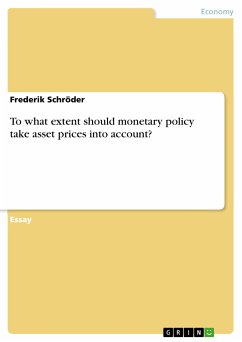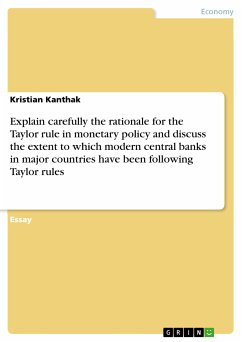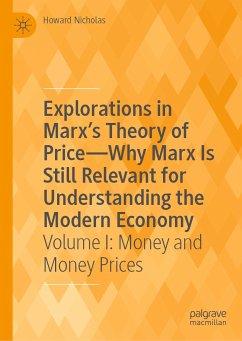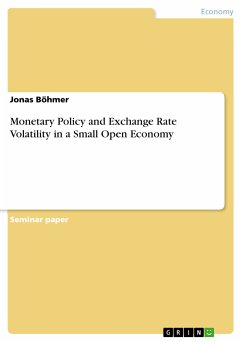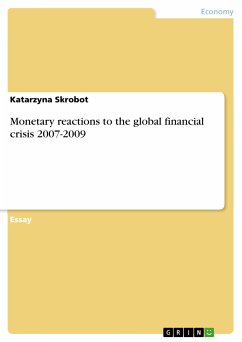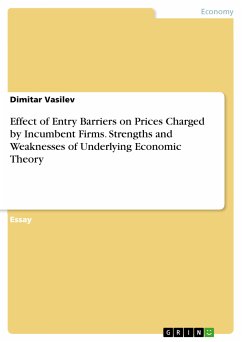Essay from the year 2009 in the subject Economics - Macro-economics, general, grade: A, University of Otago, language: English, abstract: Monetary policy makers set policy in order to minimize deviations of actual inflation from some predetermined level while paying attention to deviations of output from potential. The extent to which asset prices should be taken into account, when setting policy aimed at achieving the desired goal, has moved into the focus of academic debate, as low and stable consumer price inflation (at least in OECD countries) has been achieved. There are several distinct possibilities regarding how asset prices can be incorporated when determining the interest rate (or the money supply). Two extreme approaches that can be taken are specifically targeting asset prices and “pricking asset bubbles” upon their emergence. These views however, have been rejected with sufficient consensus (Isssing, 2009). More moderate alternatives are the “leaning against the wind” approach and the orthodox view. “Leaning against the wind” implies tolerating a certain deviation from price stability while simultaneously attempting to prevent the emergence of a bubble (Kohn, 2006). The orthodox view says that asset prices should be ignored beyond their impact on consumer price inflation. When strong informational requirements and specific conditions are met, however, an argument for the “leaning against the wind” approach can be made. The probability that a bubble is correctly identified must be high, the future growth of the bubble needs to be sensitive to interest rates and the economic inefficiencies arising from a burst of the bubble should rise with the size of the bubble (Trichet, 2005). However, if these conditions are not met, central banks are likely to achieve higher macroeconomic stability by following the orthodox approach.
Bitte wählen Sie Ihr Anliegen aus.
Rechnungen
Retourenschein anfordern
Bestellstatus
Storno

